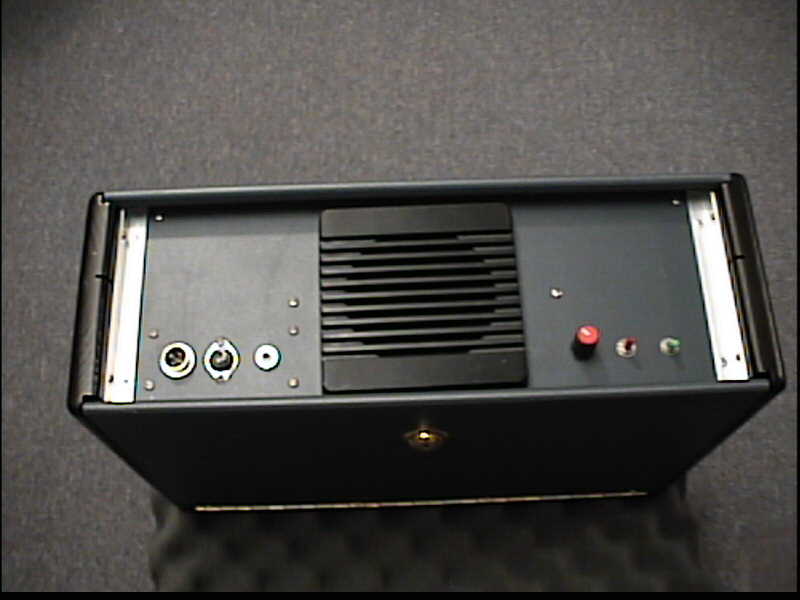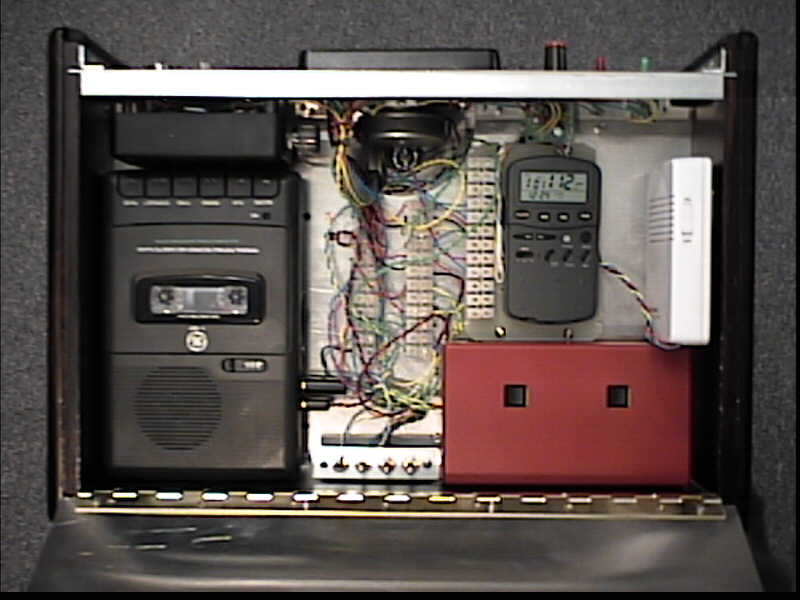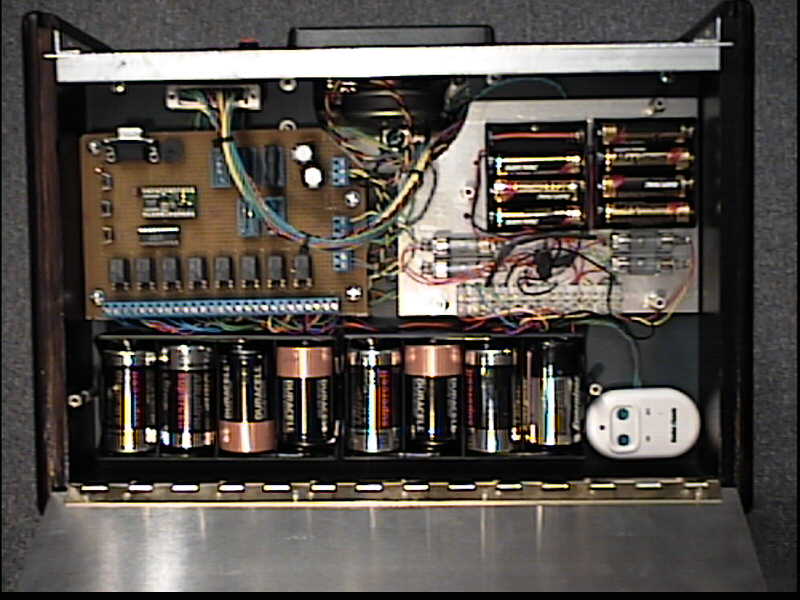H. P. Friedrichs (AC7ZL) Homepage
My Projects
The Dream Catcher
Summary
A few years ago, a Neuropsychology researcher approached me with a requirement to improve the collection of dream-related information. The data collected was intended for use in treating people who suffer the psychological after-effects of severe emotional trauma.
As part of their treatment, subjects are asked to maintain a pen and paper by their bedside. If they should awaken from a dream, they are instructed to record what transpired during that dream on to the paper.
The idea seems good, but practical considerations make the flaws in this approach to data collection obvious. First, there is only data to collect if someone should happen to awaken during, or immediately after a dream. Then, the subject has to exercise the self-discipline and the presence of mind to turn on the lights, grab their paper and pen, and record something useful. Data collected in this fashion is likely to be spotty at best, and there are no provisions for date/time stamping of the collected information.
The Dream Catcher project was conceived to maximize the collection of useful dream data by actually synchronizing data collection to dreaming, and then minimizing the need for the patient's conscious cooperation. After pondering the requirements and considering what was available to me by way of materials, I arrived at the design that follows.
To use the Dream Catcher system, the subject places the Dream Catcher instrument near their bed, perhaps on a nightstand or on a chair. At bed time the subject must don a specially modified lucid dreaming sleep mask, and connect the mask to the Dream Catcher instrument via a lightweight cable.
"Lucid Dreaming" is the practice of training oneself to become conscious of one's own dream state, and to act in a conscious manner to control one's own dreams. This type of training can be accomplished with a lucid dreaming mask, a commercial product distributed by several companies. The mask works by shining infra-red light through the eyelids of the sleeping subject, and measuring the reflection of light from the eyeballs. During dreaming, rapid eye movement occurs. This movement causes fluctuations in the intensity of the reflected infra-red light. The mask contains a timing circuit which delays action for a brief interval, after which it flashes a visible red light in the sleeper's face. The flashing visible light is usually integrated into the sleeping person's dream as a stoplight or fire engine, for example. With time, one can use this visual cue or symbol to "awaken" within one's own dream, in order to manipulate and control it.
In the case of the Dream Catcher, the lucid dreaming goggles were modified and are used merely as the detector of rapid eye movement. A small computer sequencer, based on Parallax's Basic Stamp controls the events that follow. First the instrument awakens the subject with a verbal message. The message comforts the subject, reminds him that he has been awakened from a dream, and that he should verbally describe the dream. The Dream Catcher activates an internal tape recorder which records the subjects comments as well as a verbal date/time stamp generated by a speech synthesized clock. The system then recycles and awaits the detection of the subject's next dream.
The Dream Catcher has a built-in omnidirectional condenser microphone which is sensitive enough to pick up even whispered speech at a considerable distance. It also features an RF remote control, which allows the instrument to auto-trigger a lamp in the room, or perhaps some other gentle wake-up signal like a fan. The instrument is inherently safe, being completely battery powered, and its enclosure features a lock to prevent tampering with the equipment.
This is an image of the top of the instrument.
The speaker is a prominent feature, along with power and test switches,
a volume control, and connectors for accessories. This chassis slides
into a handsome, black, padded ballistic nylon case for easy carrying.
The next image is a view of some of the Dream
Catcher's internals. Visible is the tape recorder used to collect
the subject's comments, a digital memo device that delivers the
outgoing message, a speech synthesized clock that date and time
stamps the collected data, and various mode and test switches.
This is a view of more internals, but from
the other side of the cabinet. Evident are the fused battery packs
that drive the internal instrumentation. The circuit board at the
upper left is the computer board that controls all of the circuitry.
(revised 08/04/06)
(revised 04/29/09)


